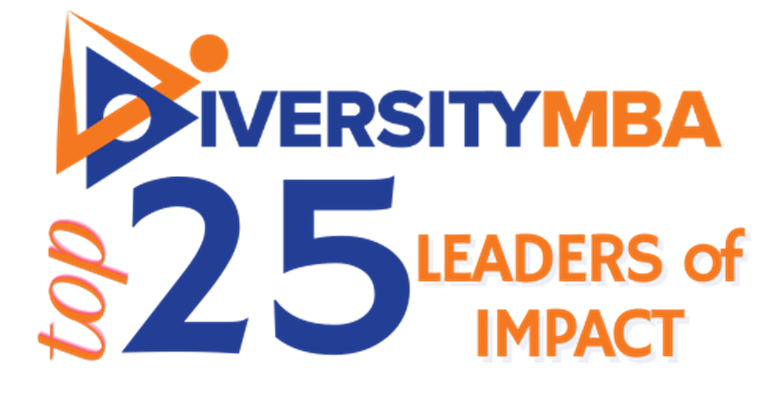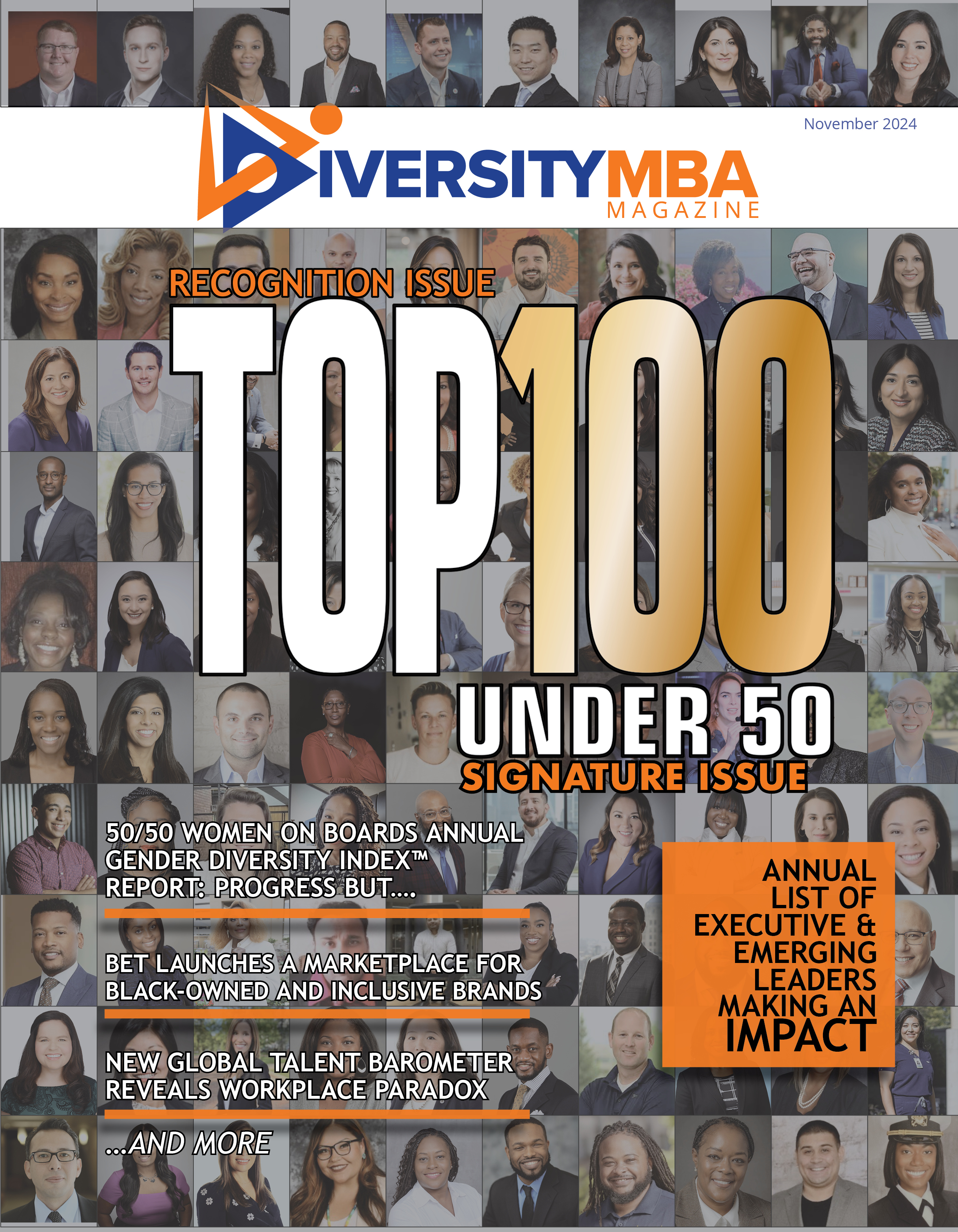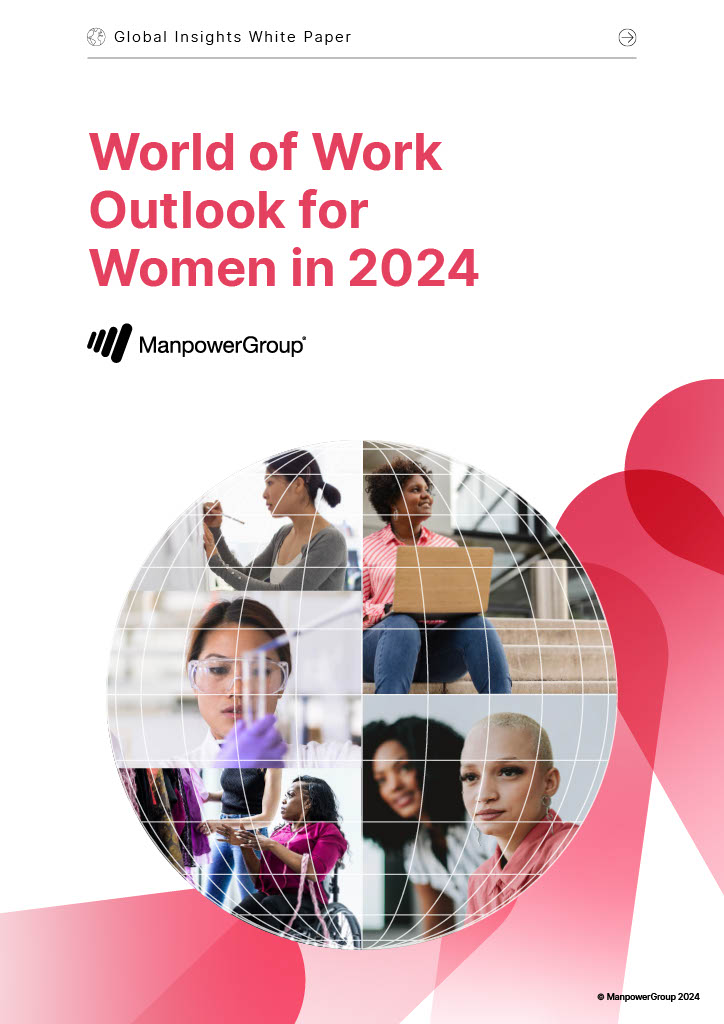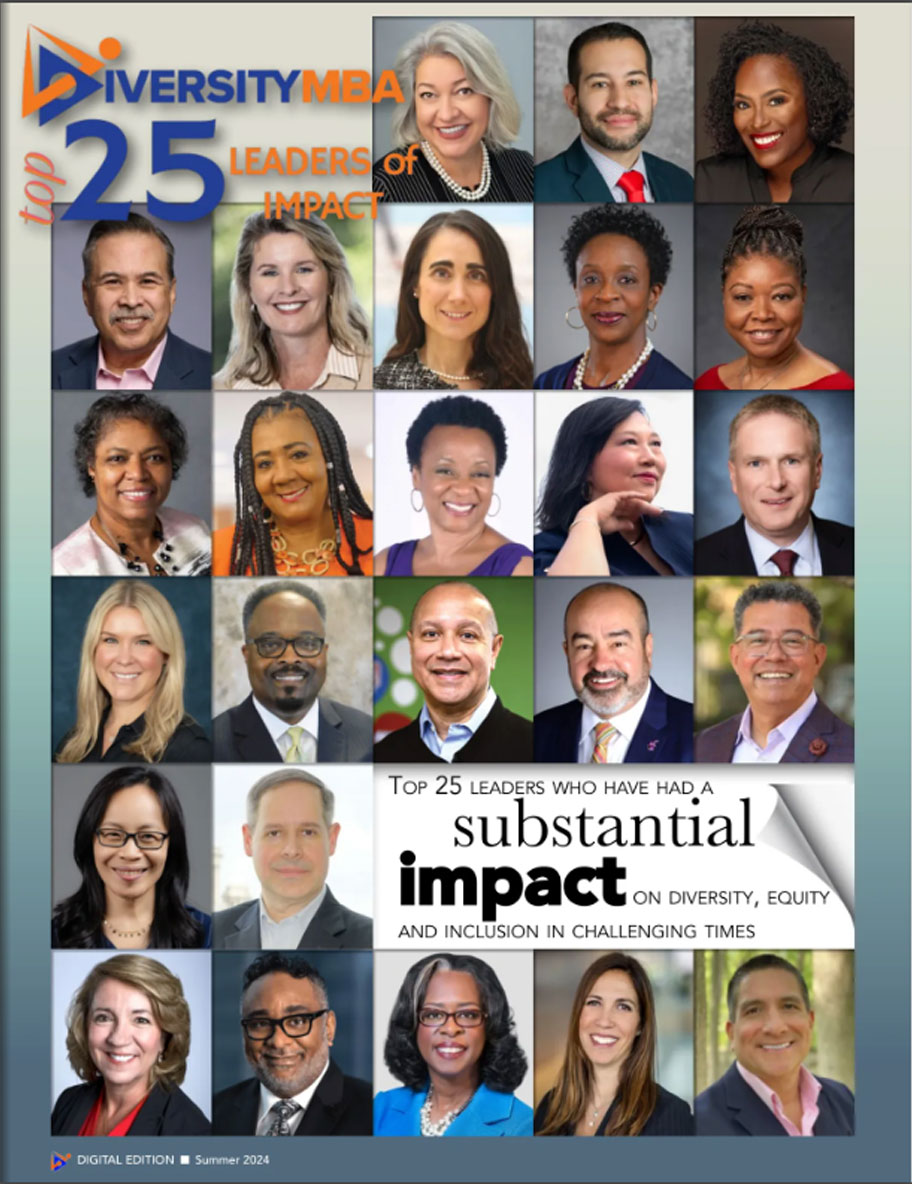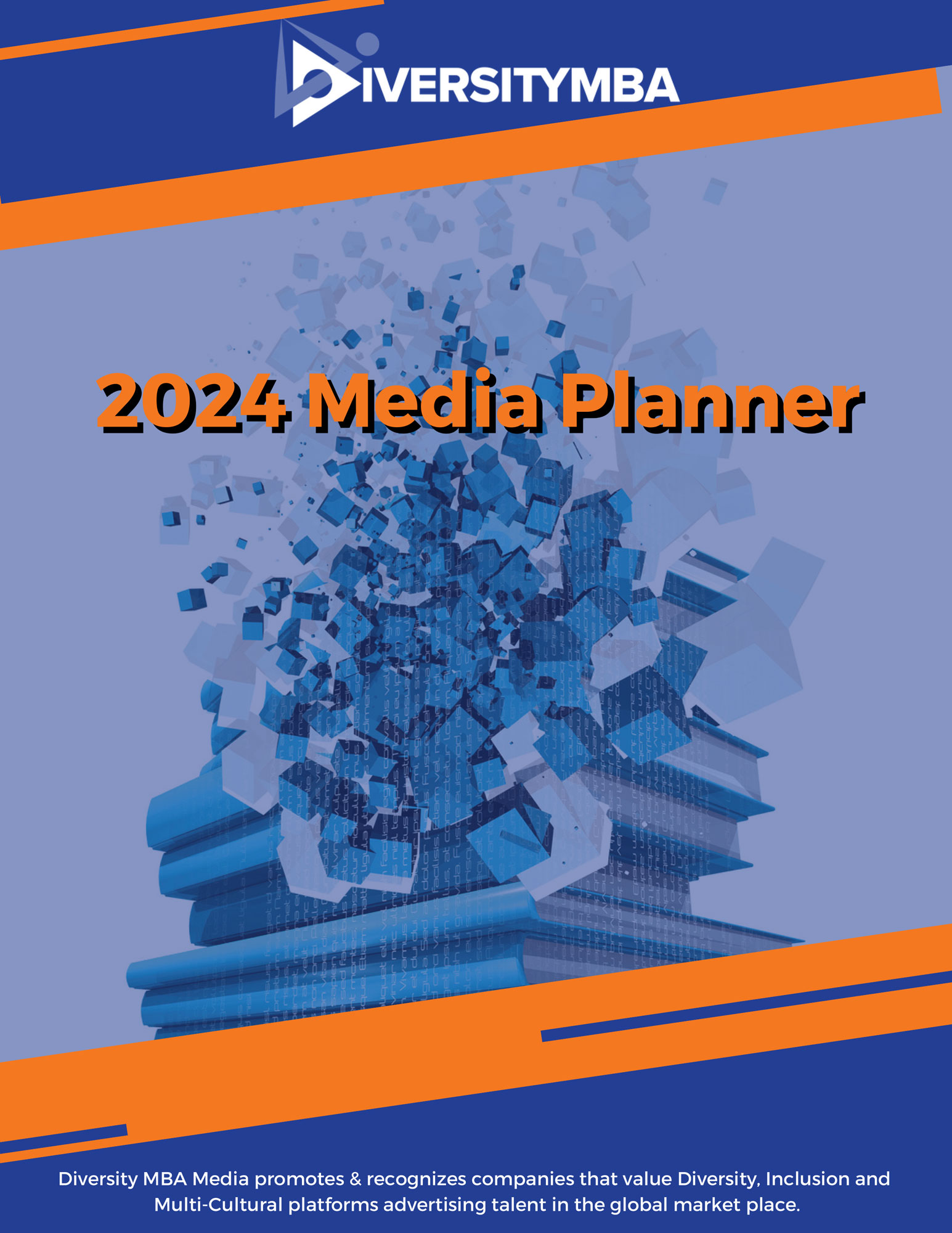Identifying disability by geography, especially by region, is complex. For instance, prevalence of disability in the Asia‑Pacific region ranges from 1 percent in Laos to 18.5 percent in Australia. There are also stark differences between the policies of individual nations.
China for example, has a formal disability policy and a disability plan of action that includes comprehensive disability legislation inclusive of a 1.5 percent quota, meaning 1.5 percent of a company’s workforce should be individuals with disabilities. China also has anti-discrimination laws. Japan has a policy, action plan and comprehensive legislation including a 1.8 percent quota yet it has no anti-discrimination laws on disability. Less than a year ago, the government of India created a new Department of Disability Affairs to strengthen existing policies and devise new ones.
There are also differences in how disability is defined. In Hong Kong, persons with disabilities are defined as those who (i) have been diagnosed by qualified health personnel as having one or more of the nine conditions, namely, restriction in body movement, seeing difficulty, hearing difficulty, speech difficulty, mental illness/mood disorder, autism, specific learning difficulties, attention deficit/hyperactivity disorder and intellectual disability; or (ii) have perceived themselves as having one or more of the first four of these conditions which have lasted, or are likely to last, for a period of 6 months or more. South Korea, on the other hand, defines disability as a physical or mental disability that impedes daily life or social activity over a long period of time.
With over one billion people with disabilities around the world, this segment represents a population the market size of China. The sheer size of the segment, coupled with hiring quotas, government operating standards, tax incentives and increased global competition for talent, should make companies see these individuals as a new diverse pool to drive talent acquisition strategies. To do this effectively however, requires a comprehensive understanding of the segment, geographic and corporate cultures, ever-changing local legislation and corporate best practices relative to the outreach, employment and retention of people with disabilities. It also requires an understanding of how to connect the employment of this segment with business goals and objectives, not always an easy task.
More importantly, it requires an assurance of organizational readiness. No matter where in the world a company is located or whether an employee is born with a disability or acquires one as a result of accident, illness, age or military service, making it comfortable for everyone to be who they are and bring their full selves to the workplace is critical to everyone’s success. But an organization must be ready to do this to ensure not only productivity but mitigation of risk along the way.
For many companies in Asia, the business imperative to hire people with disabilities is in its infancy. Although limited, best practices are emerging. Although many Asian countries employ quotas for hiring individuals with disabilities, candidates and employees are still hesitant to disclose their disability, whether due to cultural biases or fear of retribution. This has resulted in a best practice to offer intranet-based disclosure guidance to assist employees in determining if they should disclose and if so, when, how and to whom.
This guidance alleviates some of the fear of causing potential harm to their career. Another best practice, which in many countries has also become the first practice, is the delivery of disability etiquette and awareness training. Before any talent acquisition strategy can be successful, management and others must become comfortable in knowing how to communicate, engage and work side-by-side with someone with a disability. This is especially true in Asian countries, where “saving face,” or maintaining one’s honor, is very important.
To learn more about these and other global best practices for the outreach, recruitment and retention of individuals with disabilities, contact Springboard at info@consultspringboard.com.
